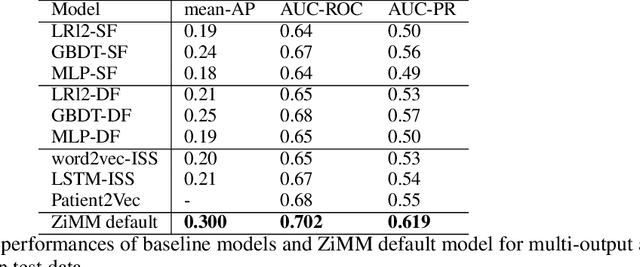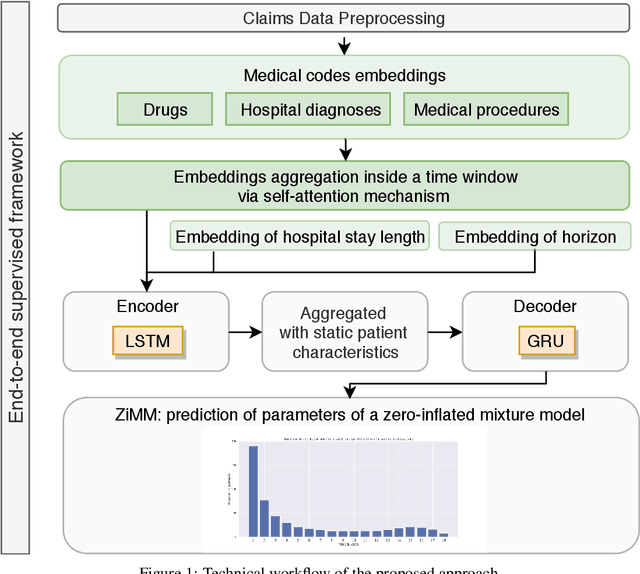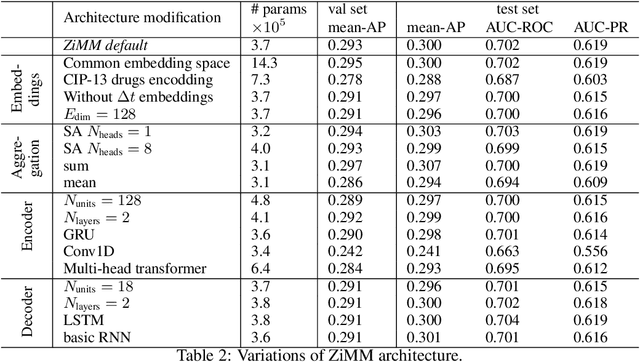Anastasiia Kabeshova
Data Efficient Training of a U-Net Based Architecture for Structured Documents Localization
Oct 02, 2023Abstract:Structured documents analysis and recognition are essential for modern online on-boarding processes, and document localization is a crucial step to achieve reliable key information extraction. While deep-learning has become the standard technique used to solve document analysis problems, real-world applications in industry still face the limited availability of labelled data and of computational resources when training or fine-tuning deep-learning models. To tackle these challenges, we propose SDL-Net: a novel U-Net like encoder-decoder architecture for the localization of structured documents. Our approach allows pre-training the encoder of SDL-Net on a generic dataset containing samples of various document classes, and enables fast and data-efficient fine-tuning of decoders to support the localization of new document classes. We conduct extensive experiments on a proprietary dataset of structured document images to demonstrate the effectiveness and the generalization capabilities of the proposed approach.
ZiMM: a deep learning model for long term adverse events with non-clinical claims data
Nov 13, 2019


Abstract:This paper considers the problem of modeling long-term adverse events following prostatic surgery performed on patients with urination problems, using the French national health insurance database (SNIIRAM), which is a non-clinical claims database built around healthcare reimbursements of more than 65 million people. This makes the problem particularly challenging compared to what could be done using clinical hospital data, albeit a much smaller sample, while we exploit here the claims of almost all French citizens diagnosed with prostatic problems (with between 1.5 and 5 years of history). We introduce a new model, called ZiMM (Zero-inflated Mixture of Multinomial distributions) to capture such long-term adverse events, and we build a deep-learning architecture on top of it to deal with the complex, highly heterogeneous and sparse patterns observable in such a large claims database. This architecture combines several ingredients: embedding layers for drugs, medical procedures, and diagnosis codes; embeddings aggregation through a self-attention mechanism; recurrent layers to encode the health pathways of patients before their surgery and a final decoder layer which outputs the ZiMM's parameters.
 Add to Chrome
Add to Chrome Add to Firefox
Add to Firefox Add to Edge
Add to Edge